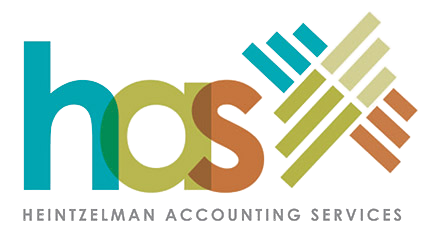When you’re looking for a job or hiring for your business, it’s important to understand the options regarding classification of employment. The two most common types of worker classifications are W-2 employees and 1099 contractors.
While there are some similarities between the two, there are also some major differences that can affect their work and tax status. Therefore, it’s crucial to understand what the distinctions are.
Below, we outline the key differences between these workers, and how to properly classify them depending on each circumstance.
What’s a 1099 Contractor?
Rather than a full-time employee, a 1099 worker is considered a contractor. These workers are sometimes referred to as freelancers, self-employed workers, or independent contractors. Therefore, they work under their own guidelines, as opposed to taking directions from their company.
1099 contractors aren’t paid wages or a salary like full-time employees. Instead, they are paid according to the agreement they’ve chosen with each company they work for.
Additionally, 1099 contractors are responsible for their own payroll taxes, also known as self-employment tax. They pay a 15.3% tax, with 12.4% going to Social Security and 2.9% going to Medicare.
What’s a W-2 Employee?
Most full-time or part-time employees are classified as a W-2 employee. W-2 employees will complete a W-4 form when they begin a job. This is used to determine the amount of taxes withheld from their pay.
Unlike a 1099 contractor, their taxes are taken out of their compensation each pay cycle by the company they work for.
In a Nutshell
As you can probably see, the main differences between these workers are the way they’re compensated and how they handle their taxes. However, there are several more differences between 1099 contractors and W-2 employees.
One difference is that 1099 contractors don’t always get the same benefits that W-2 workers are offered. Typically, W-2 workers get benefits from their workplace such as paid time off (PTO) and sick days, health insurance, a 401k, or more. However, since they are “self-employed,” 1099 workers don’t usually receive those benefits from the employers they work under.
On the other hand, 1099 contractors have more flexibility and control over their work. They can decide when they work and for how long, among other things. W-2 employees, however, must adhere to the guidelines that their employer enforces.
Because of this, employers can exercise complete control over the methods and schedules of their W-2 employees and how they work.
For Businesses: How To Classify Workers
As a business owner, it’s important to know how to classify employees. The IRS provides a checklist for classifying workers:
- Behavioral: Does the company control or have the right to control what the worker does and how the worker does his or her job?
- Financial: Are the business aspects of the worker’s job controlled by the payer? (these include things like how the worker is paid, whether expenses are reimbursed, who provides tools/supplies, etc.)
- Type of Relationship: Are there written contracts or employee type benefits (i.e. pension plan, insurance, vacation pay, etc.)? Will the relationship continue and is the work performed a key aspect of the business?
There are potential consequences for both the employer and the worker that can arise when they’re classified incorrectly. These consequences include (but aren’t limited to):
- Ineligibility for payments, such as unemployment insurance and workers’ compensation,
- Lose other labor law protections such as minimum and prevailing wage, overtime, health and safety, and family and medical leave.
- Become liable for their full Social Security and Medicare taxes.
- Lose access to employer-based benefits, such as health insurance.
- Large penalties and additional administrative costs associated with the IRS reclassification of workers.
Any Questions? Reach Out to Our Team!
Understanding the difference between 1099 contractors and W-2 employees can be tricky, but we’re here to answer your questions.
For more information, contact us!


Recent Comments